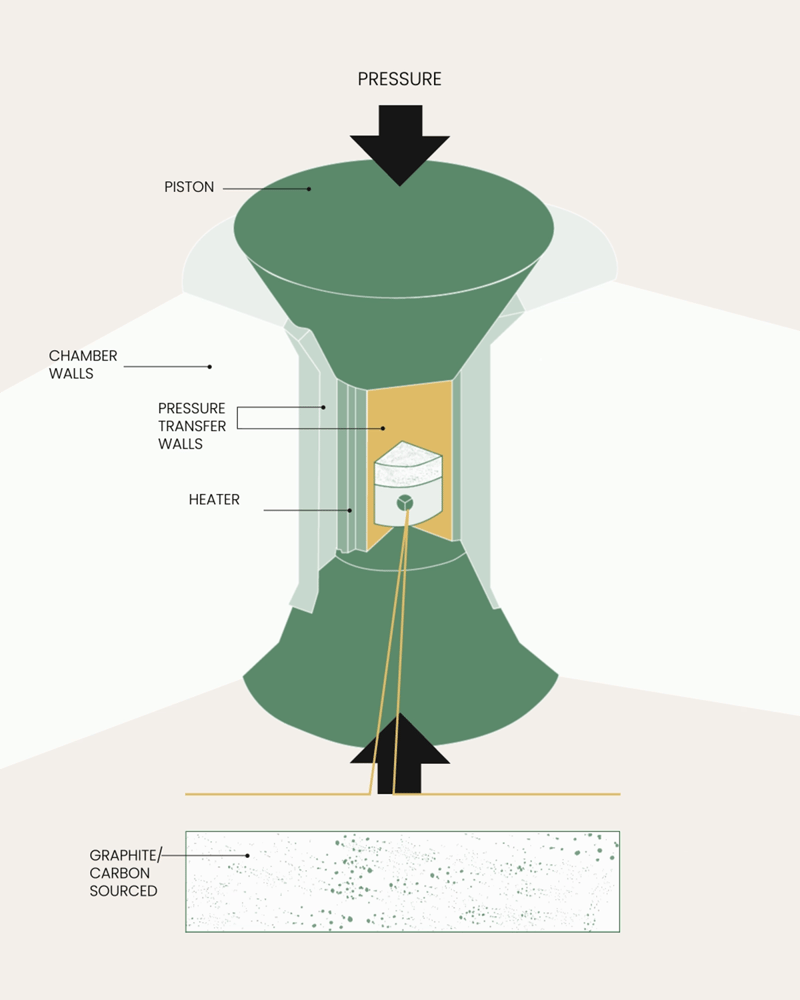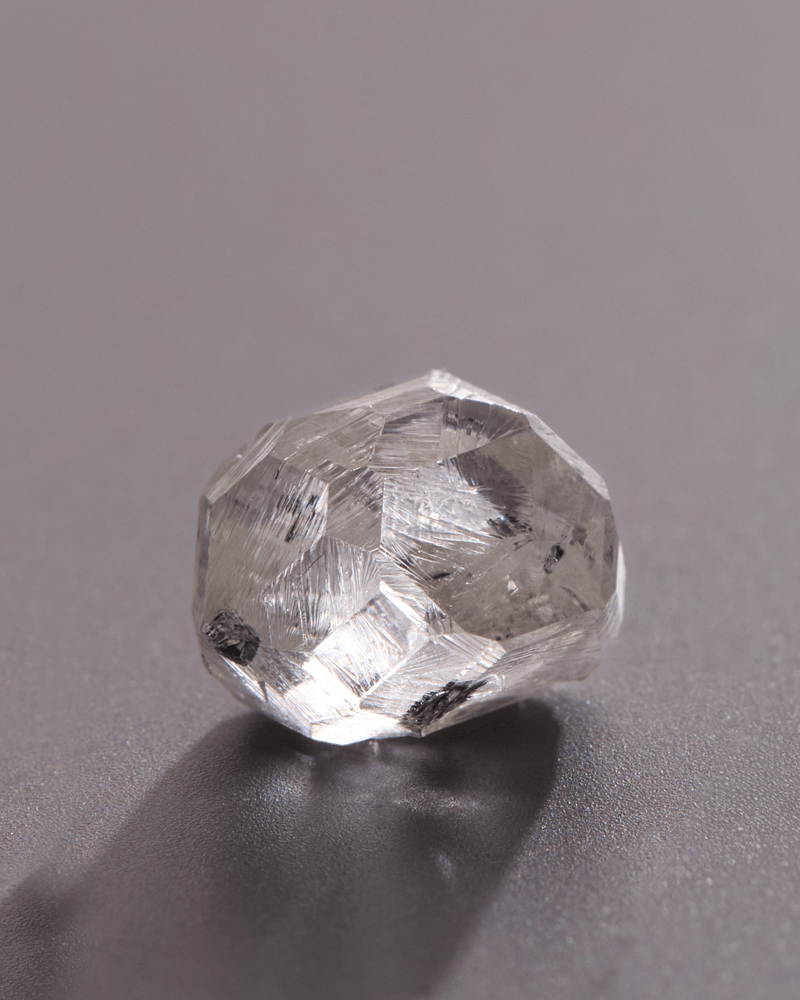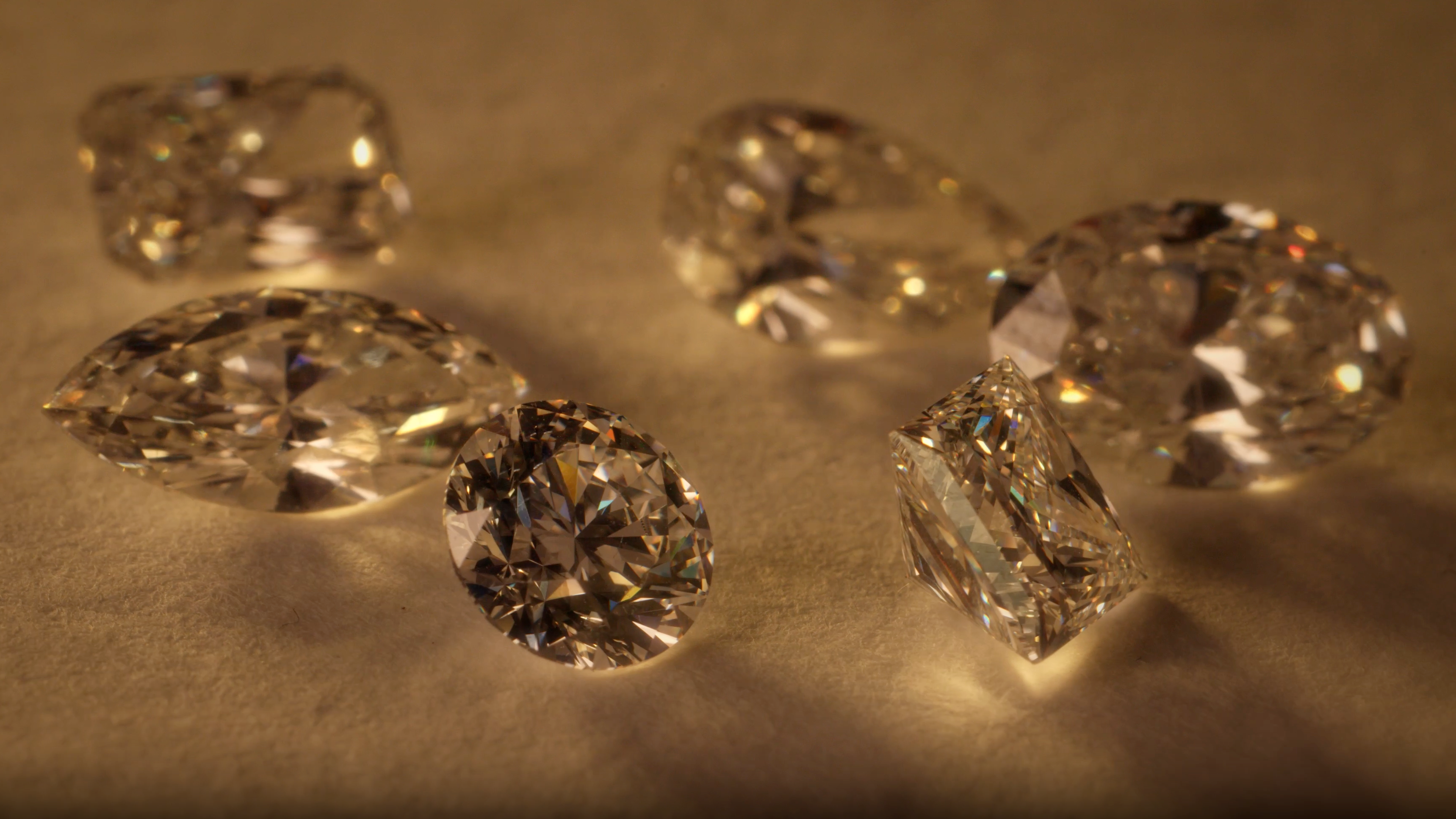
For centuries, diamonds have been revered for their beauty and toughness. These qualities result from the unique way diamonds are formed under extreme heat and pressure deep within the Earth's mantle. To avoid the environmental and social impacts of mining, Lab grown diamonds are created in a laboratory. Despite their differing origins, they are chemically, physically and optically identical. There are two primary methods of growing diamonds, being chemical vapour deposition (CVD) and high-pressure high-temperature (HPHT). In this blog, we will compare CVD and HPHT diamonds to ensure you’re better informed when buying diamonds online.
Chemical Vapour Deposition


To create a CVD diamond, a small, typically lab grown diamond seed is placed in a chamber and exposed to a carbon-rich gas, such as methane. A plasma torch breaks down the gases and the resulting carbon atoms settle on the surface of the seed crystal, gradually building up a layer of diamond. A useful metaphor is when snowflakes collect on the ground and are then compressed to make snow. The result with CVD is a lab-created diamond that has "this Laboratory Grown Diamond was created by chemical vapour deposition (CVD) growth process" written on its International Gemological Institute (IGI) gem certification.
The CVD process is a popular way to create a lab grown diamond. CVD diamonds are often used in industrial applications as they can withstand high temperatures and extreme wear and tear. However, the CVD method is also increasingly being used to create gem-quality diamonds for jewellery purposes. Thanks to technological advances, these diamonds are indistinguishable from mined diamonds with the naked eye and are becoming more affordable for consumers.
High Pressure, High Temperature


HPHT is a process that replicates the process by which a mined diamond is created deep within the Earth under exceptionally high pressure and temperature conditions. Scientists start with a small piece of pure carbon to create an HPHT diamond. This carbon is then placed inside a chamber that is subjected to extreme pressure and heat (generally around 5.0–6.5 GPa and 1300–1700°C) via one of three manufacturing methods: a belt press, cubic press, or split-sphere (BARS) press. Over time, the carbon slowly transforms into a lab grown diamond. The resulting rough diamond is then cut and polished to create a beautiful piece of jewellery. The HPHT method was first developed in the 1950s and has been used commercially since the early 21st century. While the HPHT method may sound simple, it actually requires niche expertise and expensive equipment. As a result, only a handful of companies are able to produce diamonds using this method, with CVD becoming more prominent due to how it makes the same quality diamonds but through moderate temperatures and low pressures.
The Cvd and Hpht Methods Are Similar

CVD and HPHT methods are both used to create lab grown diamonds. The two approaches are very similar, and both involve using temperature and pressure to compress carbon into a diamond structure. Additionally, both produce a lab grown diamond that is much more affordable than a mined diamond and can be created in a wide range of colours and carat weights. As a result, they are an excellent choice for couples who want the perfect diamond for an engagement ring without the high price tag.
However, there are some key differences between the two processes. For example, a CVD diamond is grown from a gaseous carbon source, while HPHT diamonds are created by compressing carbon powder under extremely high pressure. In addition, while CVD diamonds grow in a cubic shape and have only one growth direction, HPHT diamonds grow in a cuboctahedron shape and have 14 growth directions. Finally, the CVD method tends to produce diamonds that have fewer inclusions and higher clarity and colour grades than HPHT as it does not involve metal. However, despite these differences, CVD and HPHT diamonds are equally valuable and are identical if they have matching colour and clarity grades, particularly now as the technology for both processes has advanced considerably since their invention.
Few things are as associated with love and luxury as diamonds. With lab created diamonds, more people can buy a stunning diamond with the same optical characteristics as a mined diamond.
The CVD method involves depositing carbon-rich gases, the same material as a mined diamond, onto a substrate, namely a lab grown diamond seed. The carbon slowly builds up over time, creating full-sized CVD diamonds.
The HPHT method is a process that mimics the conditions deep within the earth that are necessary for diamond formation. By subjecting a carbon-rich material to extreme pressure and heat with a metal catalyst, it is possible to create beautiful HPHT diamonds.
Ultimately, both methods of creating diamonds are similar, with the main difference being the temperature and pressure used in the process. It is essential to note that no two diamonds are the same, whether an earth mined diamond or a lab created diamond.


